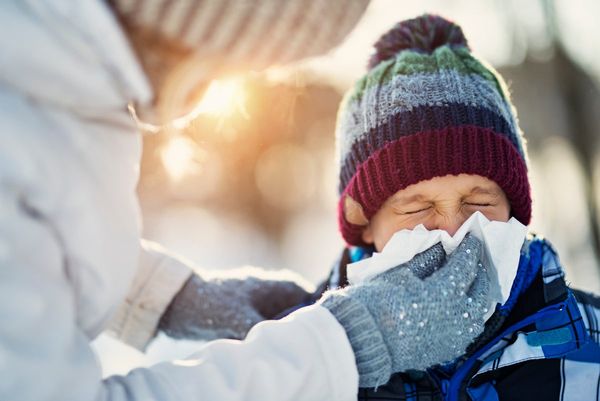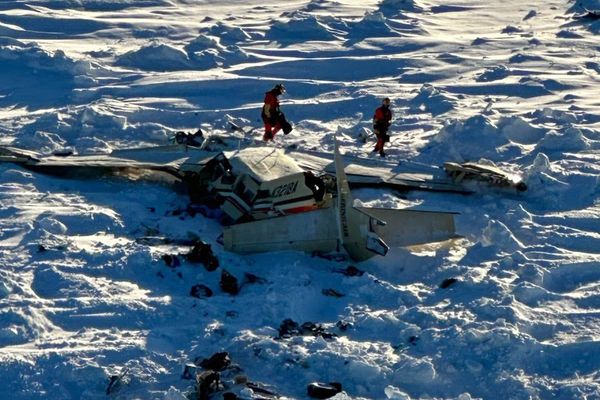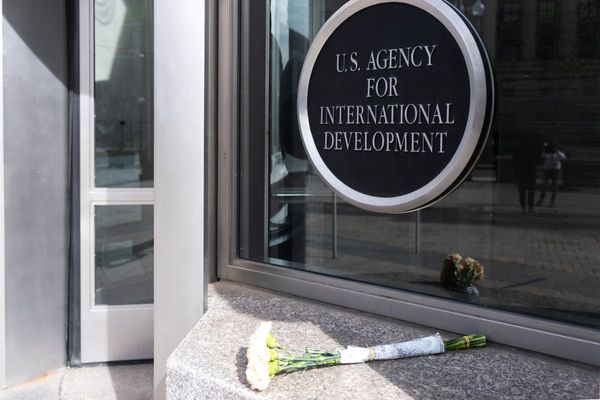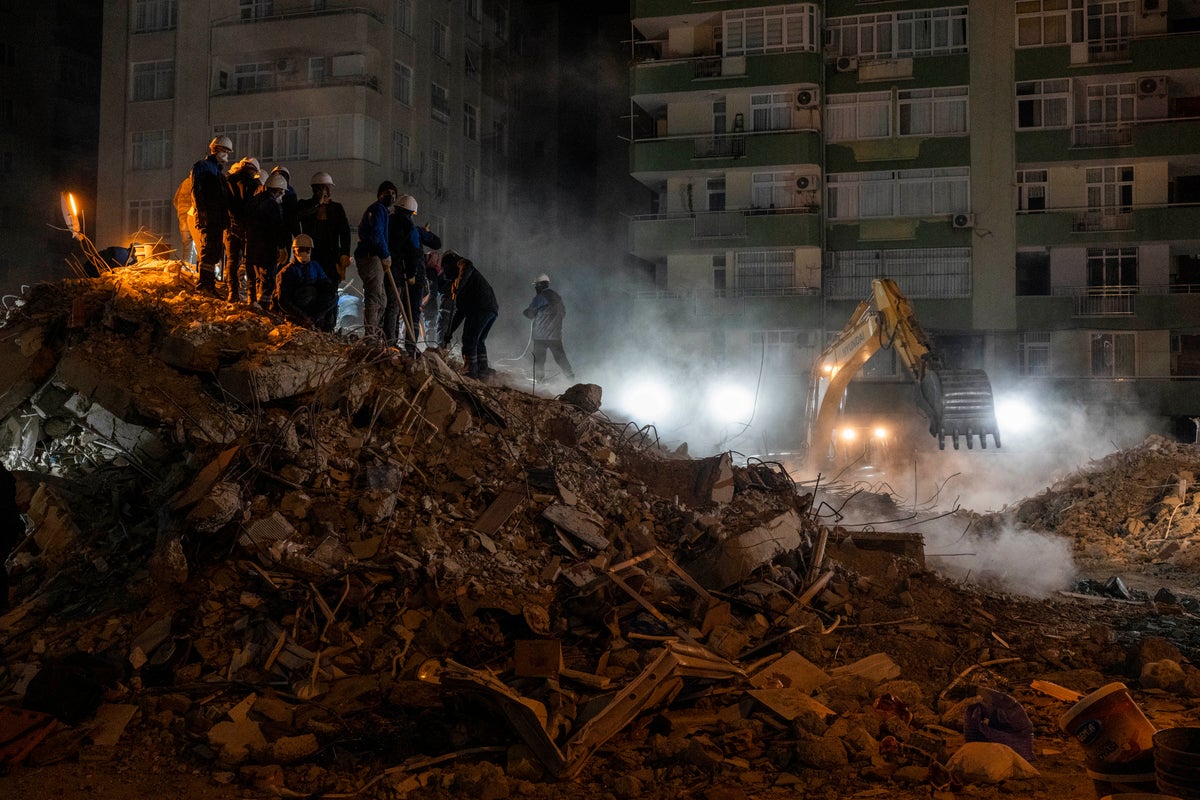
The death toll from the earthquake that has devastated Turkey and Syria is expected to double, the UN’s aid chief warned on Saturday.
Officials in Turkey said the total dead from Monday’s quake now stood at 24,617, while 3,553 have perished in neighbouring Syria, taking the total number of fatalities to over 28,000.
UN aid chief Martin Griffiths described the earthquake as “the worst event in 100 years in this region” and predicted that the death toll would at least double.
Speaking during a visit to the Turkish city of Adana, he said: “I think it is difficult to estimate precisely as we need to get under the rubble but I’m sure it will double or more. That’s terrifying. This is nature striking back in a really harsh way.”
It comes as the rescue operation continued on Saturday amid warnings of looting and violence. Volunteers and charities continued to pull people from the debris but are now facing security concerns due to ransacking, prompting two aid organisations to suspend operations.
The German International Search and Rescue (ISAR) and Germany’s Federal Agency for Technical Relief (THW) had stopped work, citing reports of violent clashes and gunfire.
One resident in the quake-hit Turkish city of Antakya, Mehmet Bok, 26, said he saw people “smashing the windows and fences of shops and cars” in the first days after Monday’s quake.
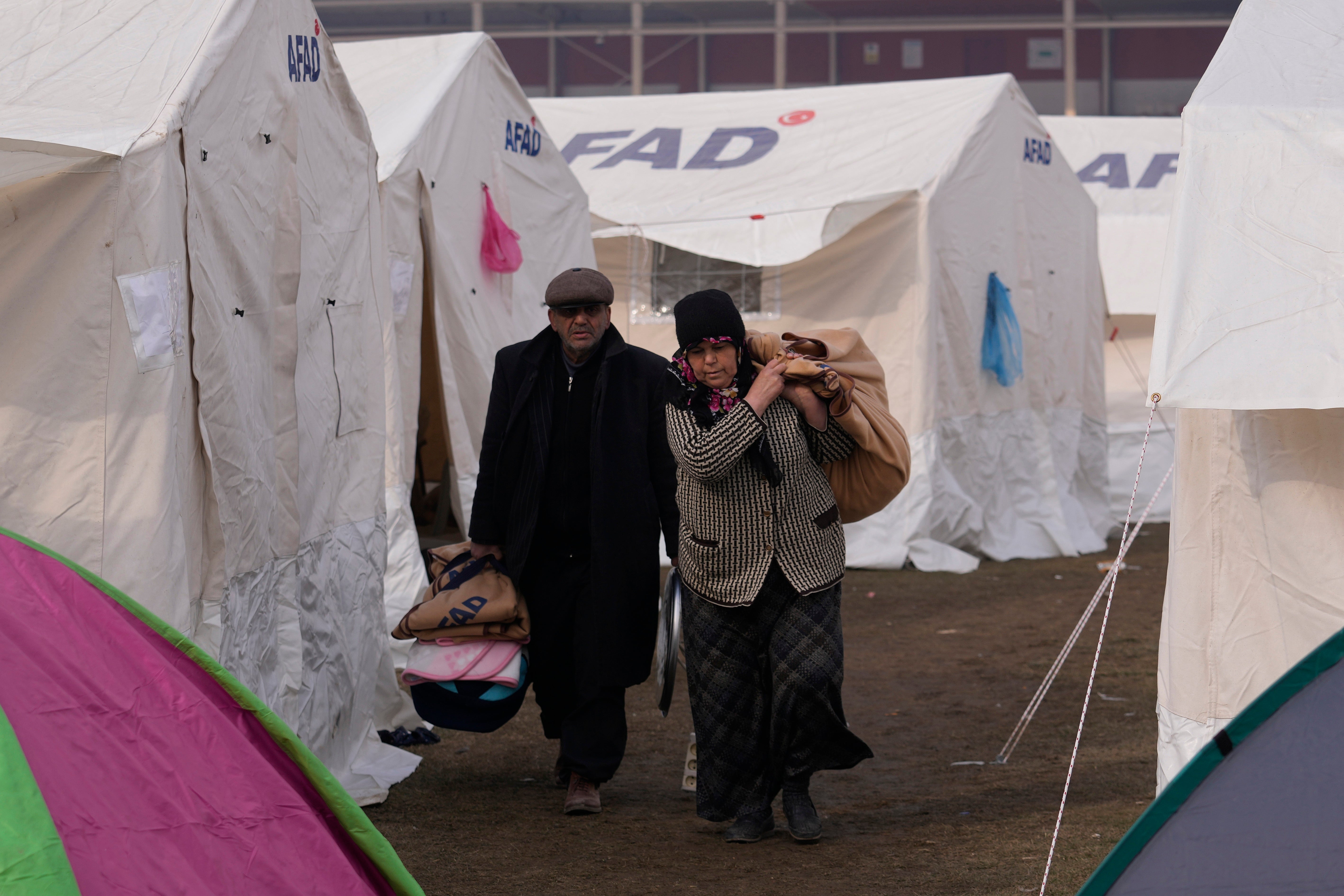
Meanwhile, the growing death toll has raised questions over Turkey‘s earthquake planning and response time, and the country’s president, Tayyip Erdogansaid, on Friday admitted that authorities should have reacted faster.
Speaking on Saturday, he promised that the rebuilding work on cities would begin “within weeks” after declaring that hundreds of thousands of buildings in the country were now completely unhabitable.
He also issued stern warnings to people involved in looting in the disaster zone.
Speaking on Saturday from Diyarbakir, he said: “In some parts of our settlements close to the fault line, we can say that almost no stone was left standing.”
Some 67 people have been saved from the rubble in the past 24 hours, as 31,000 rescuers continue clawing through the remains of buildings to find survivors, Turkish vice-president Fuat Oktay told reporters.
Around 80,000 people are being treated in hospital while more than a million people who have been left homeless by the quakes are in temporary shelters, he added.
In northwest Syria, which has received the most substantial damage from the earthquake, relief efforts have been severely complicated by the more than decade-long civil war.
The Independent is appealing for help in raising urgently needed funds following the deadliest earthquake to hit Turkey and Syria in almost a century.
For regular updates on the appeal sign up to our Morning Headlines newsletter by clicking here.
The United Nations said the first earthquake-related aid convoy crossed from Turkey into northwestern Syria on Friday.
The head of the World Health Organisation, Tedros Adhanom Ghebreyesus, arrived in Syria’s northern city of Aleppo on Saturday, bringing with him 35 tons of medical equipment, state news agency SANA reported.
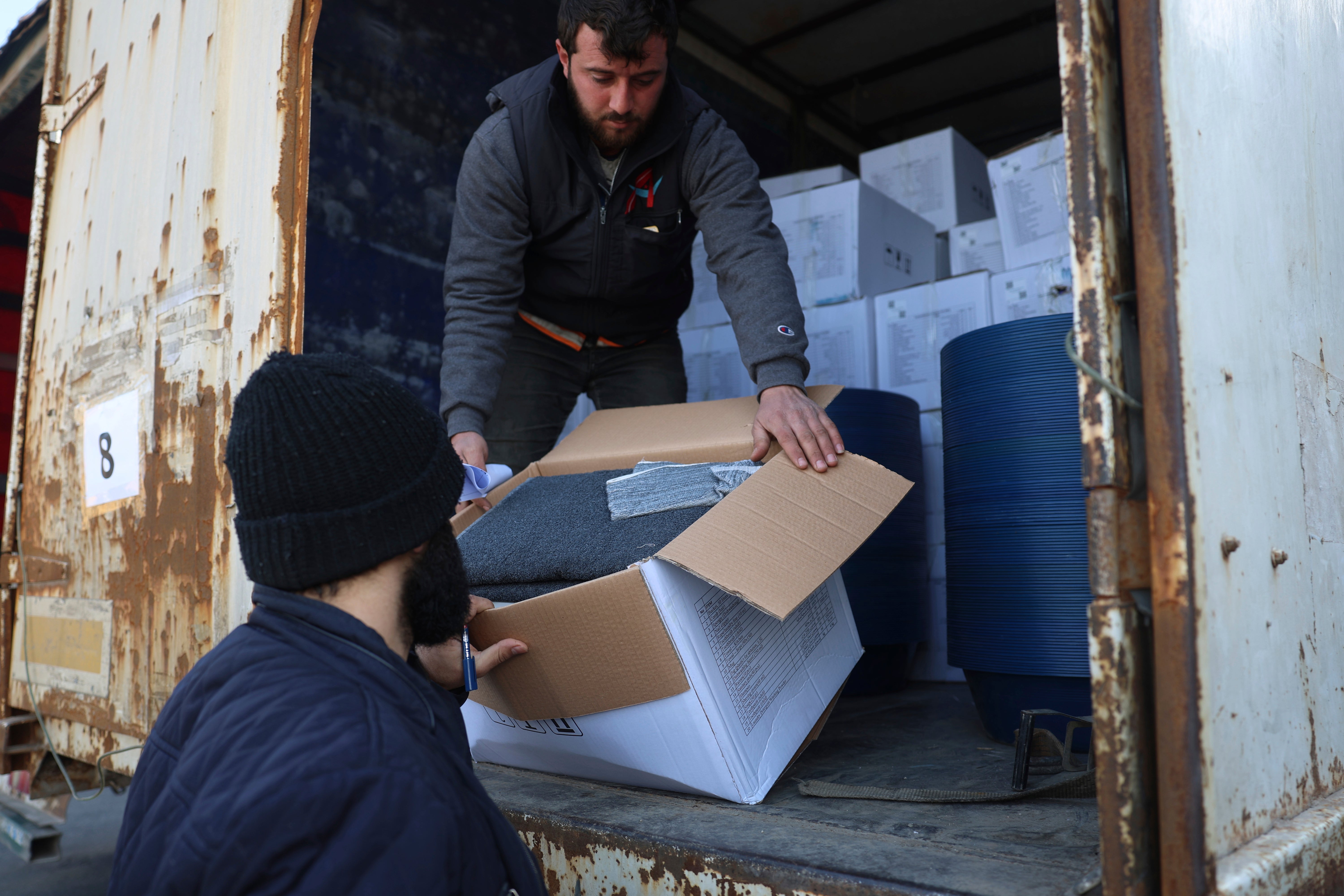
He said another plane carrying an additional 30 tonnes of medical equipment would arrive in the coming days.
The opposition Syrian Civil Defense, also known as the White Helmets, said on Saturday that it “is almost impossible to find people alive”.
The UN refugee agency estimated that as many as 5.3 million people have been left homeless in Syria.
As time moves on, few rescue efforts now result in success. In Antakya, rescue workers pulled 13-year-old Arda Can Ovun from the ruins of a building after 128 hours, wrapping him in foil and bracing his neck as he was lifted free from the ground on a stretcher.
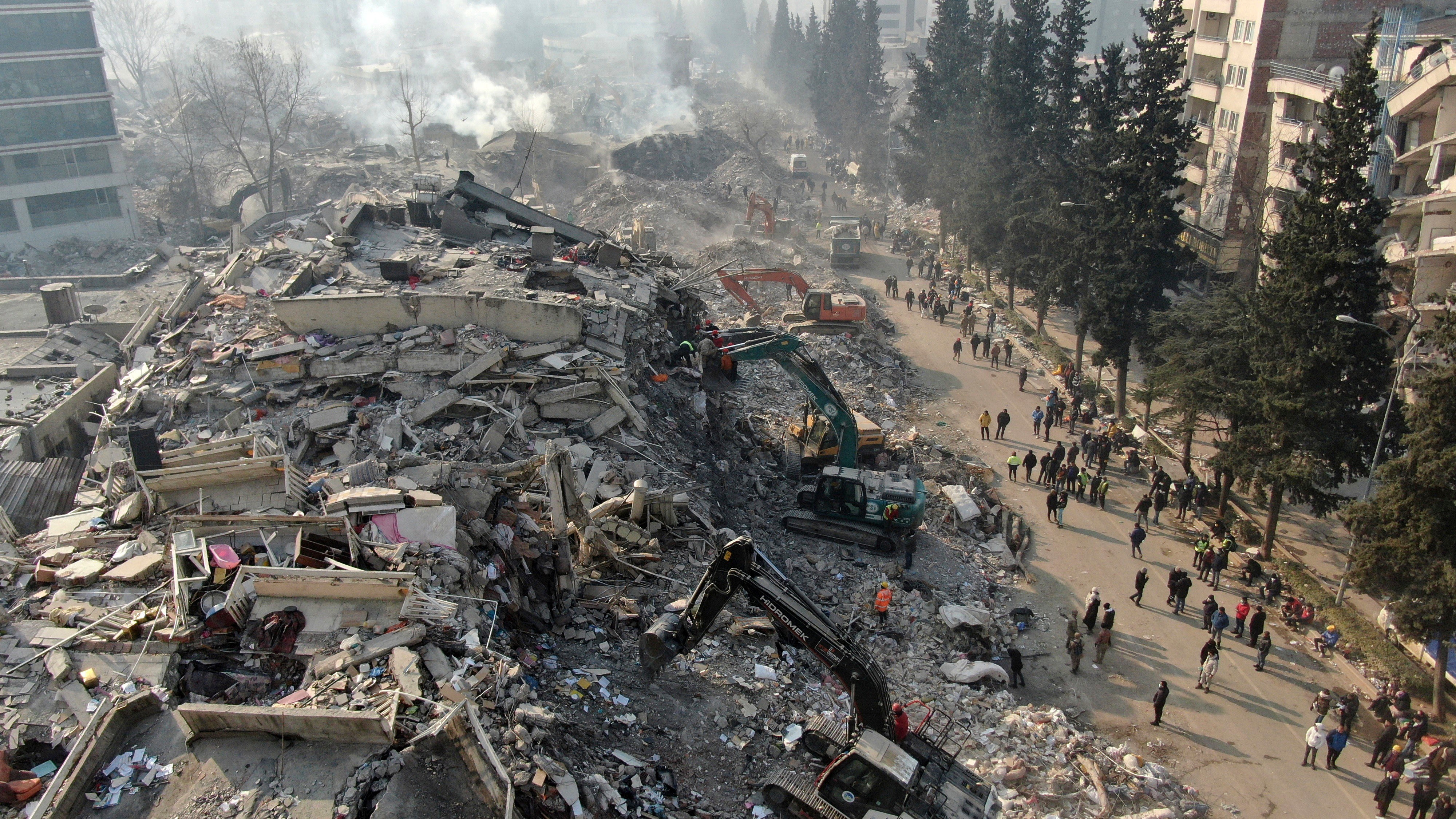
Overnight, a 70-year-old woman and a nine-year-old boy were rescued in Kahramanmaras and a 55-year-old woman was pulled from the rubble in the eastern city of Diyarbakir.
Even though experts say trapped people can live for a week or more, the odds of finding more survivors are quickly waning amid freezing temperatures.
Rescuers have shifted to using thermal cameras to help identify life under the rubble – a sign that any remaining survivors could be too weak to call for help.
Additional reporting by agencies

